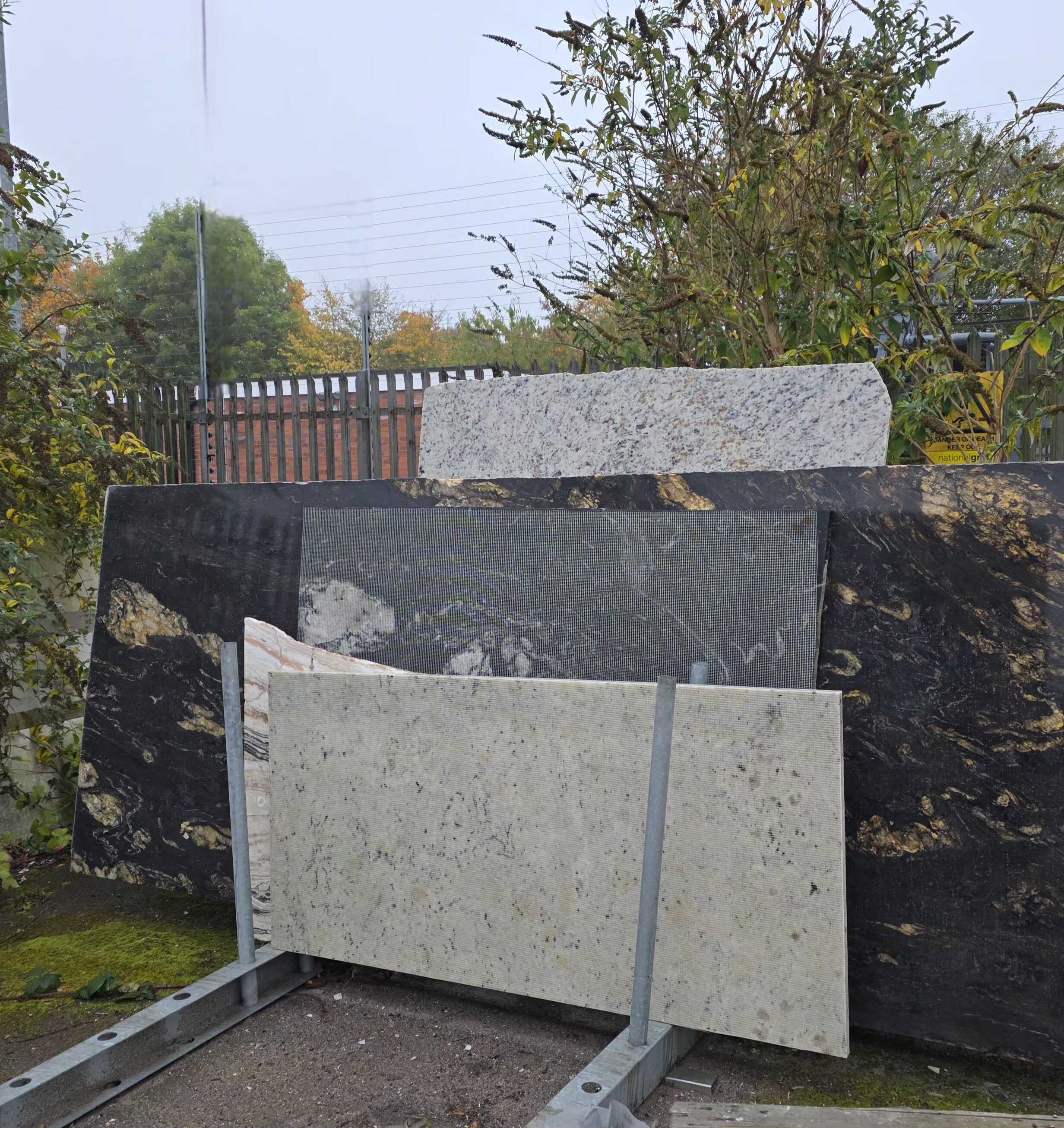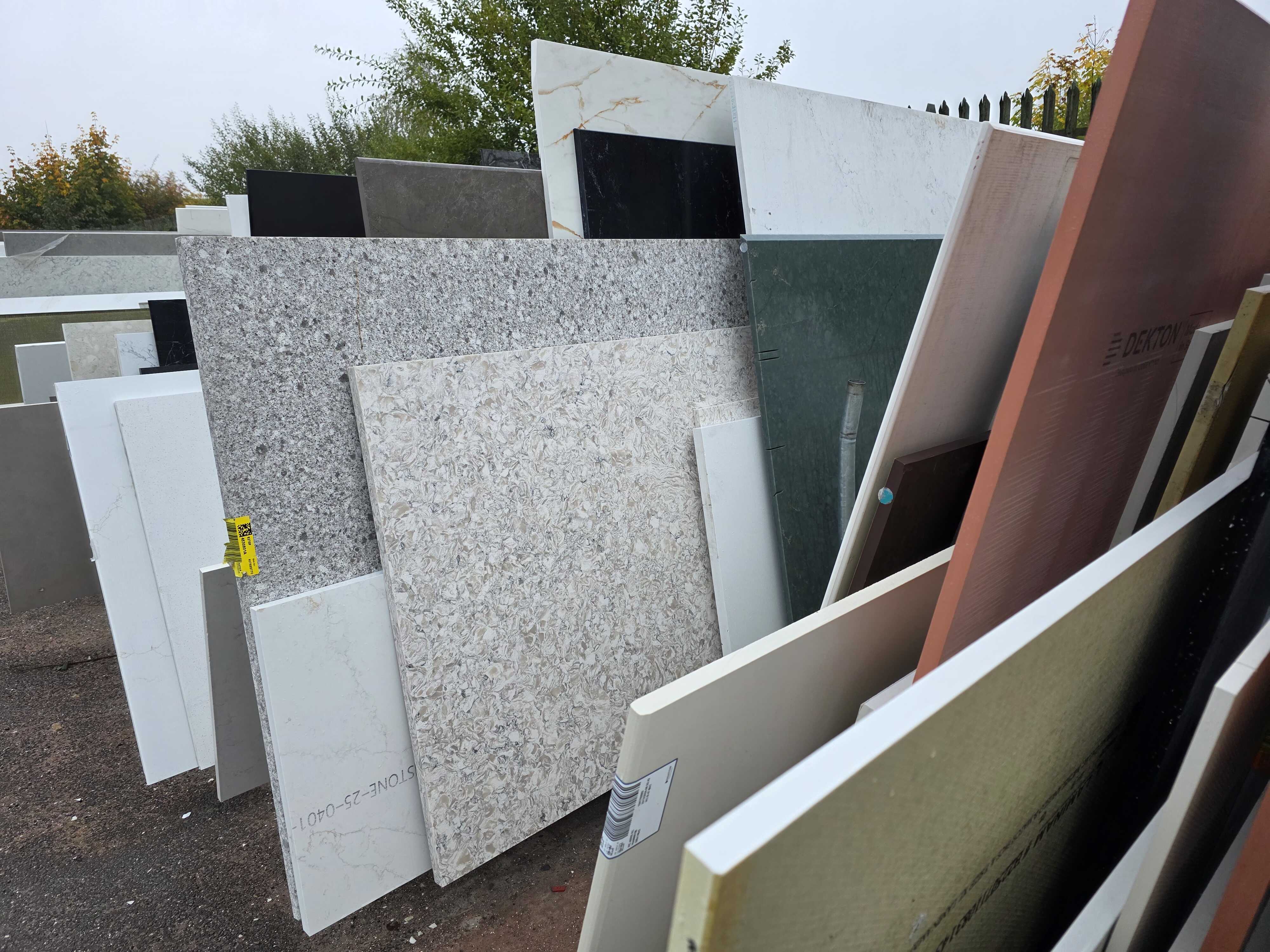Reinstating Value to Worktop Waste
In a sector increasingly attuned to circular economy thinking, the Worktop Fabricators Federation (WFF) has announced a partnership with Reutilize, a platform designed to help fabricators turn underused stock into opportunity. For workshops where offcuts and full slabs often linger on racks “just in case”, the collaboration offers a simple, scalable route to material efficiency.
Reutilize provides a searchable, industry-wide database of surplus stone, quartz and porcelain. Instead of occupying valuable workshop space or, worse, making their way to landfill, offcuts can be listed for others to find and use. The idea is simple: to make existing material visible. After all, in an industry rich with high-value resources, waste is often a problem of information rather than intention.
Tim Matthews developed Reutilize out of the day-to-day reality of managing Counter Production, a large fabrication business. He found that even the most efficient purchasing strategies can’t eradicate leftover material as “waste,” which the original buyer simply doesn’t need. Watching such surplus stock accumulate, he started asking a question central to today’s circular-economy mindset: “If we don’t need it, who might?”

The platform was built to answer that question at scale. Reutilize, he explains, is “a large, searchable, connected database of every registered company’s stock list, all in one place”, allowing fabricators to put leftover material in front of buyers who might already be searching for it. The logic is simple: “It makes no sense in a world of rising costs and resource depletion to make something new, when it’s likely it already exists… What one person sees as ‘waste’ is often another’s ‘need’.”
He adds that the WFF partnership was part of a natural evolution: “I agreed early on that we would allow WFF members to use Reutilize for its members’ purposes, as they represented the right kind of companies we wanted to push for this initiative. Using up existing stock is important, but doing it through companies who are applying the correct levels of H&S is also important, even though Reutilize isn’t there to police this process.”
For WFF members, the partnership means an immediate opportunity to cut landfill, free up space and generate value from stock that would otherwise sit idle. Nigel Fletcher, Operations Officer for the WFF, comments: “We’re delighted to be able to offer our members this service helping them to clear remnants, stop filling up landfill with offcuts, while adding to their bottom line profit. It’s a win-win and a great partnership for us.”
That said, Nigel has still observed varying perspectives among WFF members regarding remnant stock, noting that while business owners recognise its value, it may not always be the priority at the middle management level. To counter this, the team have incorporated a complementary inventory system into the platform, which will soon have its own independent website. As Nigel explains, “Reutilise data is managed in an Excel spreadsheet, allowing users to easily list stock items as visible or private, providing complete control over yard inventory. While basic, it can offer significant benefits, particularly for those who have not previously implemented such a solution.”
The platform’s wider ambition aligns neatly with the ‘reduce, reuse, reutilize’ banner, underlining actions seen across construction and architecture, where material reuse is no longer a fringe initiative but an essential strategy for reducing environmental impact while safeguarding profitability. In collaborating with the WFF, Reutilize builds on success in the solid-surface sector, broadening access to a system that treats unused stock not as a burden but as a resource.

